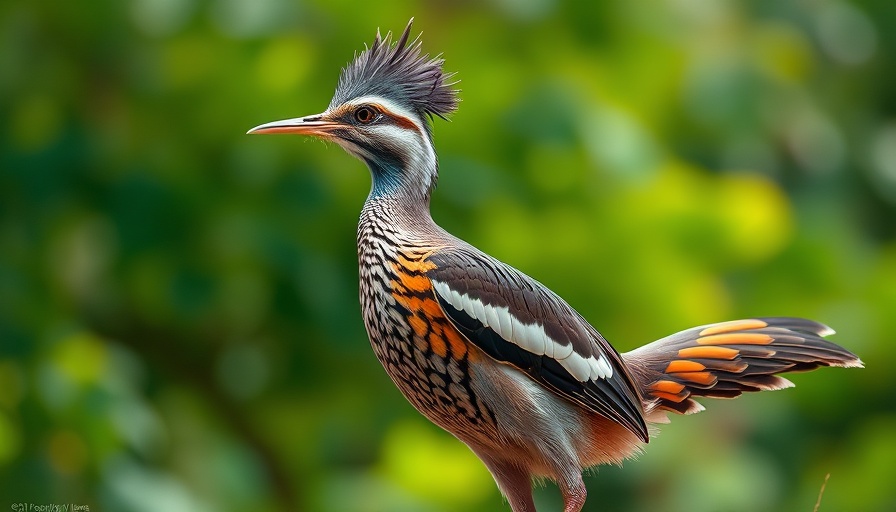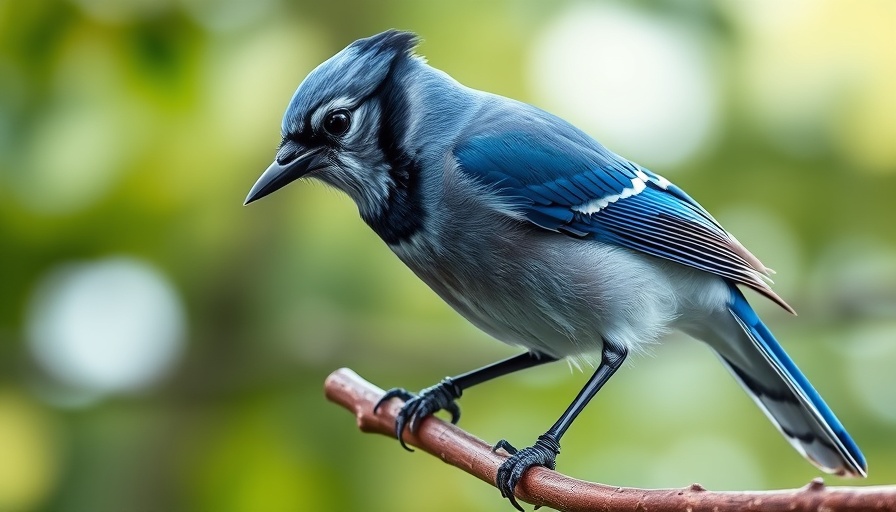
Unveiling the Mysteries of Roadrunners
Have you ever found yourself entranced by the swift movements of a roadrunner racing across the arid landscape? These unique birds are more than mere symbols of cartoon antics; they boast a world of remarkable traits that showcase their adaptation to desert life. In this exploration, we delve into some eye-opening facts about roadrunners that highlight their fascinating characteristics and behaviors.
Speed Demons of the Desert
Contrary to the cartoon portrayal of roadrunners escaping from coyotes at lightning speeds, the reality is fascinating yet different. While they can reach impressive speeds of up to 20-25 miles per hour, roadrunners are not the fastest creatures in the desert. Instead, they often engage in a mix of running and clever foraging to survive. Interestingly, their short bursts of speed are often reserved for catching prey such as lizards and insects.
Members of the Cuckoo Family
Roadrunners belong to the Cuculidae family, which includes cuckoos. This classification may surprise many, as their appearance and behaviors barely resemble those of their cuckoo relatives. With zygodactyl feet—two toes pointing forward and two backward—roadrunners leave unique X-shaped tracks in the sand, which is a signature feature of the cuckoo biology.
Monogamous Companions with Unique Mating Rituals
Fostering strong social bonds, roadrunners are known for their monogamous nature and elaborate courtship displays. These birds mate for life, and their courtship rituals are a sight to behold, characterized by dances, vocalizations, and food-giving behaviors—a true testament to their complex social structures. Both partners engage collectively in nest building and in nurturing their offspring, reflecting their commitment to family in the harsh desert environment.
Survival Techniques in Intense Heat
Adaptation is key for roadrunners, who thrive in extreme temperatures typical of desert climates. They possess an impressive ability to lower their body temperature during chilly nights by entering a state of torpor, which conserves energy. To warm up after those cold nights, these birds sunbathe in the morning sun, a crucial behavior that showcases their unique methods of thermoregulation.
Inquisitive Nature and Cultural Significance
Beyond their fascinating characteristics, roadrunners have captured the cultural imaginations of various communities, particularly among the Puebloan people of the American Southwest. Seen as wardens against evil, roadrunners are often honored in local mythology, symbolizing protection against malignant spirits. Understanding the cultural significance of these birds provides a deeper appreciation for their presence in the ecosystem.
The Roadrunner's Diet: More Than Just Bugs
These omnivorous birds have a diverse diet that includes scorpions, small mammals, fruits, and even rattlesnakes. Their resourcefulness in finding food demonstrates their adaptability as they often hunt in pairs to tackle dangerous prey effectively. This cooperative behavior further illustrates the roadrunner's unique approach to survival in the wild.
In every run across the desert, roadrunners continue to captivate and inspire those who observe them. Understanding these birds' amazing capabilities not only fosters appreciation for wildlife but also highlights the complexities of their role in the ecosystem.
Ready to explore more about these intriguing creatures? Dive deeper into their world and support bird conservation efforts to ensure that future generations can enjoy watching roadrunners dart across the sands.
 Add Row
Add Row  Add
Add 




Write A Comment